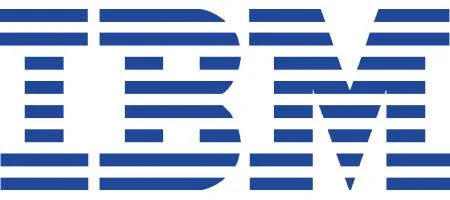IBM researchers have created experimental computer chips designed to experience the world and learn in the same way as the human brain.

And, they say, the chips could require a lower power consumption and take up less space than those on the market today. The first two prototypes have already been fabricated and are currently undergoing testing.
The ‘neurosynaptic’ chips imitate the spiking neurons and synapses of the brain through advanced algorithms and silicon circuitry. Cognitive computers based on the chips would learn through experience, find correlations, create hypotheses, and remember the outcomes, mimicking the brains structural and synaptic plasticity.
The development forms part of a DARPA-funded multi-year initiative called the Systems of Neuromorphic Adaptive Plastic Scalable Electronics (SyNAPSE) project.
The aim is to create a system that not only analyzes complex information from multiple sensory inputs at once, but also dynamically rewires itself as it interacts with its environment.
“This is a major initiative to move beyond the von Neumann paradigm that has been ruling computer architecture for more than half a century,” says Dharmendra Modha, project leader for IBM Research.
“Future applications of computing will increasingly demand functionality that is not efficiently delivered by the traditional architecture. These chips are another significant step in the evolution of computers from calculators to learning systems, signaling the beginning of a new generation of computers and their applications in business, science and government.”
While they contain no biological elements, the prototype chips use digital silicon circuits inspired by neurobiology to make up what is referred to as a ‘neurosynaptic core’ with integrated memory (replicated synapses), computation (replicated neurons) and communication (replicated axons).
Both working prototype designs were fabricated in 45 nm SOI-CMOS and contain 256 neurons. One core contains 262,144 programmable synapses and the other contains 65,536 learning synapses. The team says it’s successfully demonstrated simple applications like navigation, machine vision, pattern recognition, associative memory and classification.
The long-term goal is to build a chip system with ten billion neurons and hundred trillion synapses, while consuming just one kilowatt of power and occupying less than two liters of volume.






